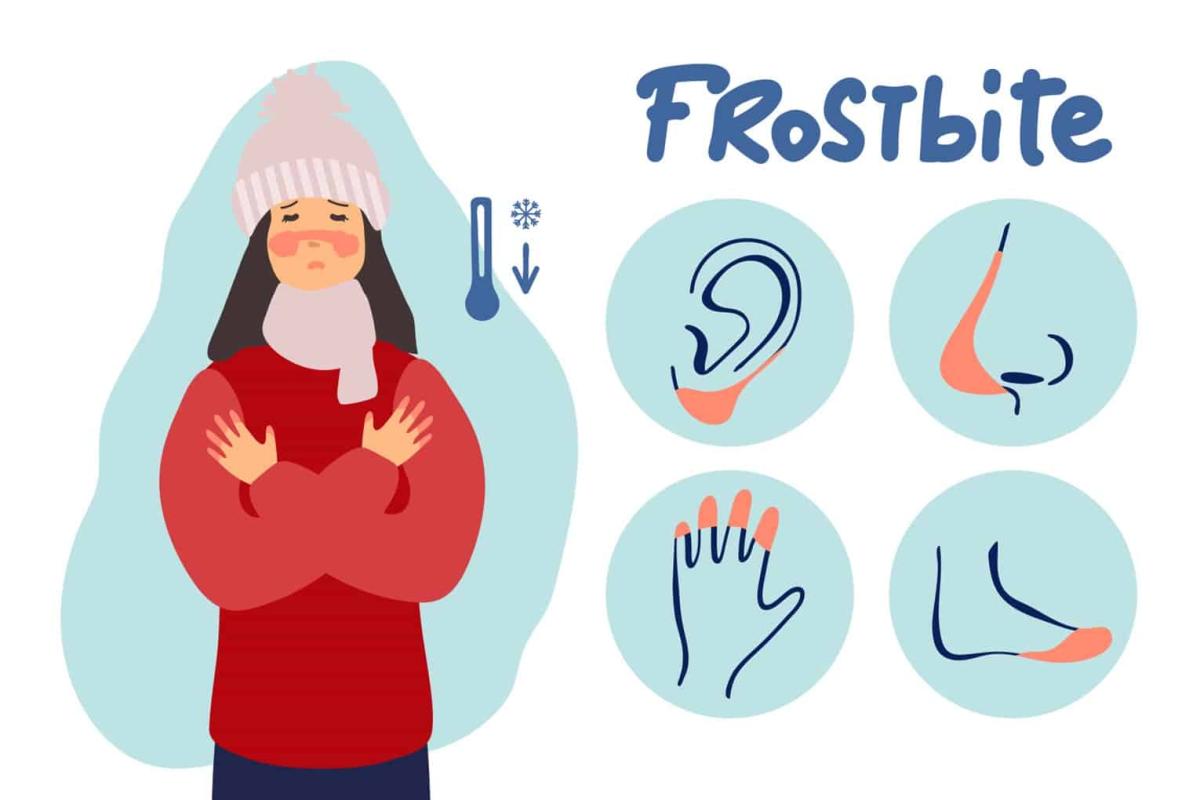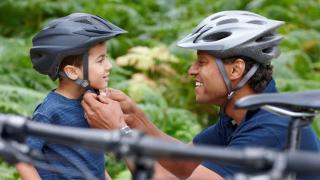
Frostbite: Know the Signs and How to Respond
Frostbite is a severe cold-related injury that occurs when body parts freeze, commonly affecting extremities such as the fingers, toes, nose, ears, and cheeks. It leads to a loss of feeling and color in the affected areas and can cause permanent damage. Severe frostbite cases may require amputation of the affected part.
Signs of Frostbite:
- White or grayish-yellow skin
- Firm, waxy-feeling skin
- Numbness in the affected area
If you notice redness or pain in any skin area, it's crucial to get out of the cold and protect your skin. Since frostbite causes numbness, you may not realize it is happening until someone else points it out. Early detection and action can prevent permanent damage.
Hypothermia: A Silent Danger
Hypothermia occurs when the body's temperature drops dangerously low, impairing brain function and making it difficult for a person to think clearly or move. People with hypothermia may not even realize what's happening, which makes it especially dangerous.
Risk Factors for Hypothermia:
- Older adults without adequate food, clothing, or heating
- Babies sleeping in cold rooms
- Note babies should be wrapped in appropriate sleep sacks for the weather without blankets, pillows, etc in their crib
- People who spend long periods outdoors, such as hikers, hunters, and those experiencing homelessness
- Individuals who drink alcohol or use illicit drugs
Signs of Hypothermia:
- In Adults:
- Shivering
- Exhaustion and confusion
- Memory loss and slurred speech
- Drowsiness and fumbling hands
- In Infants:
- Cold, red skin
- Low energy or lethargy
Immediate Action for Frostbite
If frostbite is suspected but there are no signs of hypothermia, here's what to do while waiting for medical help:
- Get the person into a warm room immediately.
- Avoid rubbing the affected area with snow or massaging it, as this can cause more damage.
- Warm the affected area in comfortable (not hot) water.
- If water isn't available, use body heat to warm the frostbitten areas (for example, by placing fingers under an armpit).
- Never use a heating pad, heat lamp, stove, or fireplace, as these can burn numb areas.
Prevention Tips: Stay Safe in the Cold
To protect yourself from cold-related injuries, keep these prevention strategies in mind:
- Monitor the weather: Avoid outdoor activities when temperatures are below 5°F (-15°C).
- Dress in layers: Wear multiple layers of loose, warm clothing, including hats that cover the ears, insulated boots, and mittens.
- Take breaks: Limit time spent outdoors and take frequent breaks indoors to warm up.
- Stay hydrated: Drink warm fluids, but avoid alcohol and caffeine, which can increase the risk of cold-related injuries.
By taking the proper precautions and recognizing the signs of cold-related illnesses like frostbite and hypothermia, you can reduce your risk and stay safe during cold weather.



